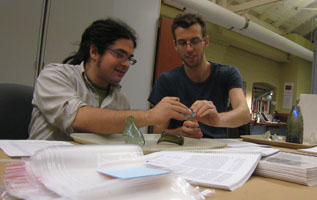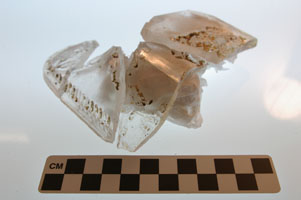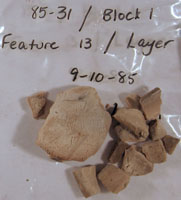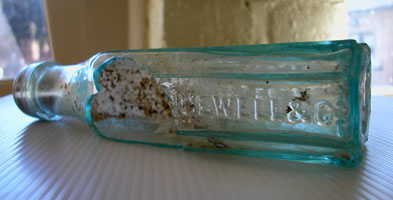After a long break, the Market Street Chinatown Archaeology Project is ready for a website update! My name is Megan Kane, and I am a research assistant working with the Market Street Chinatown Archaeology Project. I first started working with the MSCAP collection four years ago. At the time, I was in awe of the Market Street Chinatown collection and the sophisticated questions that archaeologists could ask of a historical site. Well, that awe never left and now I am working in historical archaeology. I am constantly amazed by the Market Street Chinatown collection and the potential it holds for further research, and that potential has never been more apparent than right now.
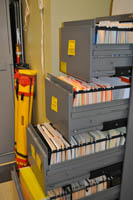
Have a look at our beautifully organized file cabinet and the wealth of documentation that we have for the Market Street Chinatown Archaeology Project!
Over the last several months, I have been working with the documentation from the original excavations and analysis at Market Street Chinatown. Up to now, the documents were stored in boxes in no particular order. Starting last December I began working with the documents, organizing them, scanning them and analyzing them. I created a database just for the Market Street documents that includes a PDF of each one, so we can search and read documents right from the computer without having to handle the originals. All of that is great, but the really exciting thing to come out of this project is the new understanding of just how much information we do have about the original excavations! Far more information has been preserved about the original excavations than any of us ever imagined. This is tremendously exciting as we plan further research with the collection. We will be able to address far more sophisticated questions about the Market Street Chinatown now that we can analyze the artifact assemblage in conjunction with the documents. Stay tuned as we explore this very exciting collection!
Featured Artifact
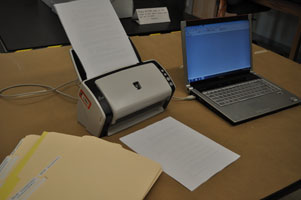
A true workhorse of the lab! This batch scanner has allowed me to digitize and organize all of the documents related to the Market Street excavations.
Our artifact for the week is a little unusual, but this object has made my life so much easier over the last several months as I have scanned and analyzed documents that it is worth highlighting. Meet our batch scanner! This scanner will take a stack of 50 pages and turn them into a PDF automatically. It has allowed me to scan thousands of pages of field records, lab records and reports and to make them available electronically. It has revolutionized the way that we work with the documents and with the collection. As we plow ahead with our analysis of the Market Street Chinatown archaeology collection, we will owe many thanks to this machine.

